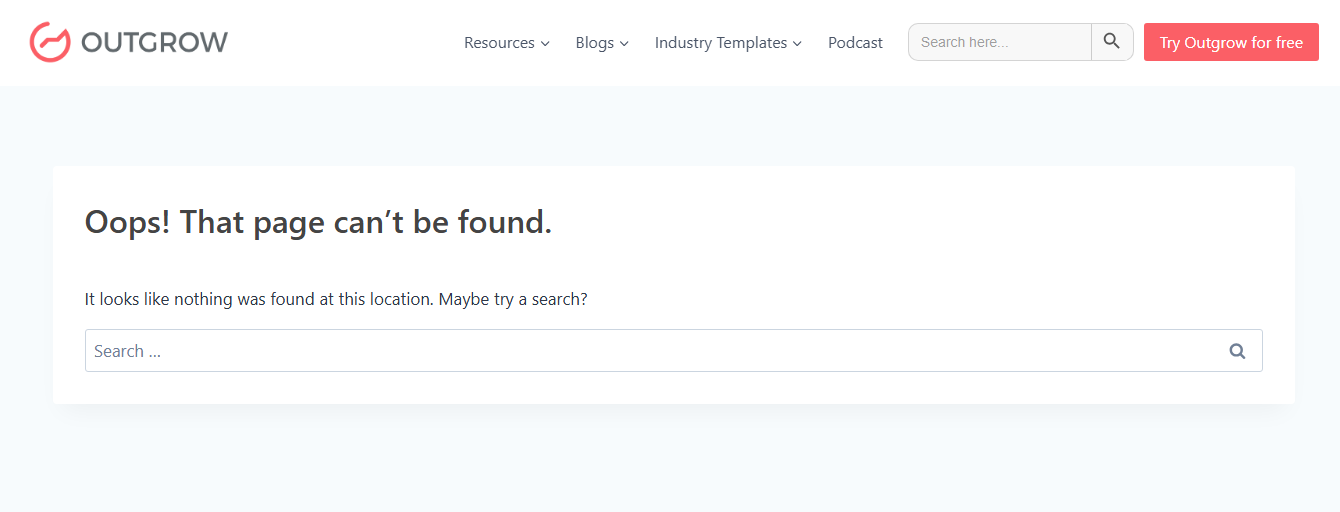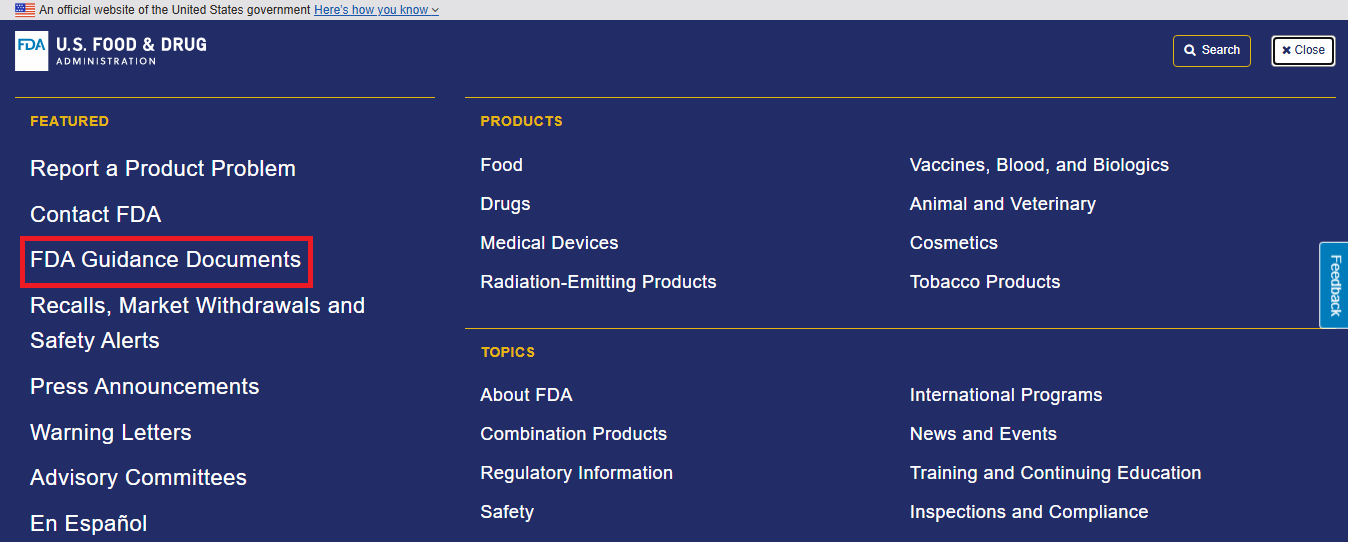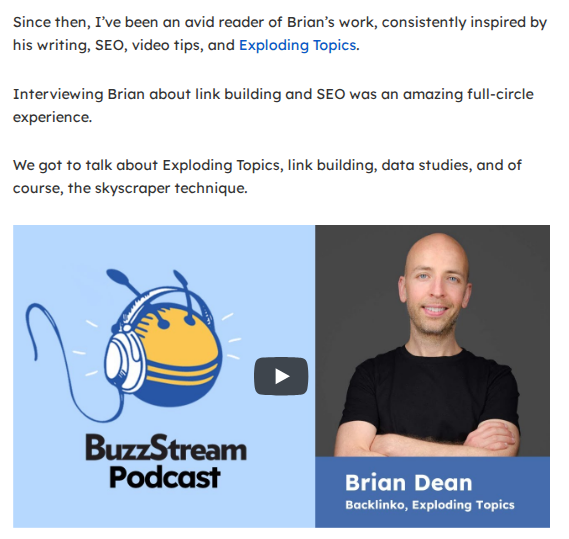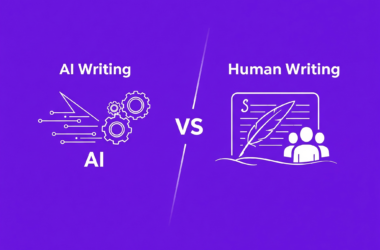Keeping a steady flow of high-quality backlinks is one of the toughest challenges for link acquisition teams. Guest posting still has its place, but approval rates are falling, inboxes are crowded, and many publications now restrict external contributions or label them as sponsored. Today we will talk about 7 non-guest posting link building strategies.
If you depend heavily on guest posts, scaling link building gets harder every year. Especially when $508.95 is the average acceptable price for acquiring one high-quality backlink, according to The 2025 State of Link Building study by Editorial Link.
This guide breaks down seven proven, scalable link-building strategies that don’t rely on guest blogging. You’ll learn how to build stronger authority, earn editorial citations, and generate referral traffic, all through assets and outreach processes that compound over time.
Table of Contents:Why It’s Time to Look Beyond Guest Posting 7 Non-Guest Posting Link Building Strategies Agencies Can Use in 2026
A Simple Outreach Workflow to Operationalise Link Building Strategies
Measurement Framework: Proving Value vs. Guest Posting
Guest Posting vs. Non-Guest Link: Tactics to Implement in 2026 A Quick 5-Step 90-Day Pilot Plan for Link Building Building Links That Actually Last |
Why It’s Time to Look Beyond Guest Posting
Guest posting still works, but it’s no longer the easiest, fastest, or most sustainable way to earn links.
Here’s what’s changed –
-
Editorial teams receive more pitches
-
Acceptance rates are shrinking
-
Anchors are tightly controlled
-
Many publishers now tag guest content as “sponsored”
-
Scaling requires more writers, more editing, and more back-and-forth
Shifting to asset-driven, earned link strategies helps you secure placements on –
-
News sites
-
Resource pages
-
Community platforms
-
EDU and NGO websites
-
Industry reports
-
Curated tools lists
These links usually have the four USPS: higher authority, stronger referral traffic, better longevity, and less algorithm risk.
| Also Read – 8 Reasons Why Your Website Is Not Showing up on Google |
7 Non-Guest Posting Link Building Strategies Agencies Can Use in 2026
We’ve listed seven tactics that work across B2B, SaaS, fintech, e-commerce, and local service brands. Prioritise them based on your client’s goals, whether that’s link authority, referral traffic, digital PR visibility, or fast turnaround.
1. Data-Led Research and Digital PR
Journalists, editors, and industry bloggers constantly look for new insights. If you publish original data, they quote it and they link to you.
This is one of the most reliable ways to earn authoritative, editorial backlinks.
What You Can Create
-
Short surveys
-
City-level rankings
-
State-wise comparisons
-
Industry benchmarks
-
Yearly trend reports
How to Execute
-
Pick a narrow, newsworthy angle closely tied to your client’s niche
-
Use transparent, defensible methods
-
Turn the data into charts, tables, pull-quotes, and visuals
-
Package everything into a simple press kit
-
Pitch the story to pre-qualified journalists in India, the US, and industry-specific media
KPIs to Track
-
Media pickups
-
Unique referring domains
-
Referral traffic
Watch out for – Higher upfront research costs and the need for clear, compelling storytelling
2. Interactive Tools and Embeddables
Lightweight tools, like calculators, widgets, maps, and checkers, get embedded on blogs and resource pages because they solve a real problem in seconds.
Every embed includes a link back to your site.
Examples
-
EMI calculators
-
Savings or ROI calculators
-
Industry benchmarking tools
-
Local-market price checkers
-
Compliance or eligibility check widgets
How to Execute
-
Build a mobile-friendly embeddable
-
Include copy-and-paste embed code with a mandatory do-follow credit link
-
Optimise the landing page with proper metadata and schema
-
Pitch the tool to niche blogs, educators, and directories
KPIs
-
Number of embeds
-
New referring domains
-
Organic traffic to the tool
Pro Tip – Budget for occasional maintenance and data updates.
3. Visual Assets and Infographics
Infographics remain shareable because they compress information into quick, easy snapshots. When publishers embed them, you win backlinks.
How to Execute
-
Produce multiple sizes (full, half, social, vertical)
-
Include an HTML embed code with attribution
-
Pitch listicle writers, creators, and community curators
-
Seed the asset through social channels
KPIs
-
Backlinks earned
-
Number of placements
-
Social shares
Pro Tip – Some sites may reuse the visual without linking. Have a polite reclamation process ready.
4. Link Reclamation and Broken Link Replacement

Did you know that 4.11% of links are pages that are not found? This can happen for two reasons: the linking page has been deleted, or the content, including the link, is missing.
Where These Links Come From
-
Unlinked brand mentions
-
Lost backlinks
-
Outbound broken links on other websites
How to Execute
-
Crawl weekly for unlinked mentions and 404-replacement opportunities
-
Sort by domain authority and relevance
-
Offer the publisher a higher-quality, updated resource
KPIs
-
Reclamation success rate
-
Time-to-link
-
Authority of recovered domains
Tools – Backlink monitors + an outreach CRM for follow-ups
5. Resource Pages and Curated Lists

Universities, NGOs, government sites, and niche blogs maintain evergreen resource pages that link to –
-
Guides
-
Tools
-
Templates
-
Educational content
These are excellent for earning consistent, high-authority links.
How to Execute
-
Find resource pages linking to similar content
-
Pitch your asset with a short, clear value statement
-
Provide an optional blurb to save the curator’s time
-
Maintain relationships by offering periodic updates
KPIs
-
Number of placements
-
Diversity of referring domains
-
Referral traffic
| Also Read – Outsourcing 101: A Complete Guide on Outsourcing Content Writing |
6. HARO, Quoted and Direct Journalist Outreach
Journalists often need expert quotes for stories, and they reward credible responses with backlinks.
How to Execute
-
Assign someone to monitor queries twice a day
-
Respond quickly (within hours)
-
Give crisp, expert commentary
-
Include a relevant link to a helpful on-site resource
-
Build long-term relationships through social engagement
KPIs
-
Placements earned
-
Authority of publications
-
Speed from pitch to placement
Trade-off – Speed matters more than volume.
7. Partnerships, Podcasts and Reverse Guesting

Relationship-driven links compound over time and diversify your link profile.
What This Includes
-
Co-created content
-
Podcast appearances
-
Interviews
-
Joint studies
-
Webinars and panels
-
Reverse guest posts; showcasing experts on your site
How to Execute
-
Identify complementary companies or influencers
-
Pitch a co-created piece or interview swap
-
Secure podcast appearances for client spokespeople
-
Publish event recaps or summaries with linkable takeaways
KPIs
-
Partner backlinks
-
Recurring mentions
-
Referral traffic patterns
Scaling Note – Slower ramp-up, but very strong long-term payoff.
A Simple Outreach Workflow to Operationalise Link Building Strategies
Once your assets are ready, the real impact comes from how you execute outreach. This easy-to-follow workflow will help you organise your efforts, personalise pitches, and consistently win quality links.
Step 1 – Audit and prioritise assets. Catalogue high-performing content, tools, data sets, and ideas. Score based on linkability and India/US relevance.
Step 2 – Prospect and segment. Build lists of the following and segment by authority, topic, and region.
-
Journalists
-
Resource pages
-
Tool curators
-
Communities
-
Roundup writers
Step 3 – Tailor your pitches and lead with value. Include –
-
A stat
-
An embed
-
A broken link fix
-
A helpful tool
-
A fresh dataset
Step 4 – Follow up smartly. Two or three follow-ups are enough. Use CRM sequences to track status and deadlines.
Step 5 – Close and capture the win. Record every placement in your CRM –
-
Domain
-
URL
-
Anchor
-
Screenshot
-
Authority metric
Step 6 – Amplify. Share the asset on social, newsletters, and communities to spark secondary links.
How to measure link-building efforts
Measuring link-building impact goes far beyond counting emails or pitches. This framework helps you prove real value by tracking authority, performance, and outcomes that matter to stakeholders.
Primary Metrics
-
Referring domains (volume + authority)
-
Editorial/resource-page placements
-
Referral traffic
-
Assisted conversions
Secondary Metrics
-
Pitch-to-placement conversion
-
Time-to-link
-
Media pickup speed
Attribution Tools
-
Backlink trackers
-
UTMs for embeddables
-
GA4 for traffic patterns
Reporting Cadence
-
Weekly – Outreach productivity
-
Monthly – Link metrics and authority
-
Quarterly – Cost, time-to-link, and guest-posting comparison
Building Links That Actually Last
Guest posting alone can’t support the kind of authority, diversity, and scalability agencies need today. Asset-led link building delivers stronger long-term results and positions your clients as credible, newsworthy brands.
Start with one high-value asset, systemise your outreach, and track impact from day one. Over time, these strategies build resilient link profiles, bring in consistent referral traffic, and deliver measurable results that clients can see.
Executing non-guest link tactics starts with strong assets, and that’s where Wittypen can be your partner. From data-backed reports and visual summaries to detailed guides and expert commentary, we create the kind of content journalists cite, curators feature, and communities share.
Reach out to us and let’s build your next link-worthy asset together.
FAQs
1. Is link building without guest posting enough to grow organic traffic?
Yes. Asset-led link building, like data studies, tools, and resource-page links, can drive stronger authority and referral traffic than guest posts, especially when scaled consistently.
2. How long do earned link-building tactics take to show results?
Most non-guest tactics begin showing traction in 30–90 days. Data PR and reclamation deliver quick wins, while partnerships and tools compound over time for stronger long-term impact.
3. How do I choose which non-guest tactic is right for my client?
Match the tactic to the client’s strengths: data-rich brands choose PR; SaaS can offer tools; content-heavy sites benefit from reclamation and resource pages. Let goals and available assets guide you.
4. How do I track ROI for non-guest link-building campaigns?
Use backlink trackers, UTMs, and GA4 to measure referring domains, authority, referral traffic, and assisted conversions. Compare these quarterly with guest-posting results for a clear ROI picture.









